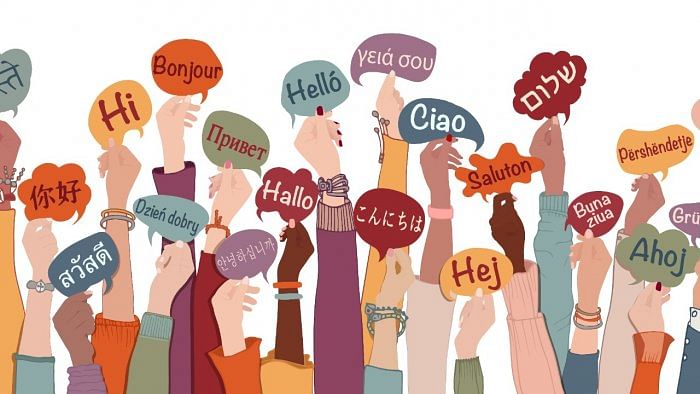
Inclusion and inclusive schools are words that are prominently heard in the field of education and are mentioned in all government policy-related documents. UNESCO defines inclusion as a process of continuous improvement in the school system, environment, and provision to address the needs of all learners and address barriers that limit the presence, participation, and achievement of all learners. Thus, inclusion is dynamic, addresses the system and the school environment, and provides the necessary accommodations to cater to the needs of learners.
Notably, the barriers that limit the physical presence, participation, and all-round achievement of all learners are addressed too. A common query that we as educators get from parents is: aren’t schools supposed to be inclusive—a place to go to for any child who needs to be educated? Aren’t schools meant to meet the needs of any child, regardless of their abilities, strengths, and challenges? Surprisingly, it is as common to hear about schools that are inclusive as those that are not.
Diversity in learners may be due to several reasons, including ethnicity, gender, caste, socio-emotional background, disabilities, and special education needs. According to research, 10 to 15% of children in any school have special education needs. This highlights the fact that, either consciously or otherwise, most schools have learners with diverse needs. While the presence of children with different needs and abilities is inevitable in a school, does that automatically mean they get opportunities to participate and feel included in the activities of the school and attain a sense of belonging and achievement? That is not necessarily true; there needs to be a conscious effort from schools to let all children feel included. Schools that are aware of the different parameters associated with inclusion, such as participation, achievement, and a sense of belonging, would move towards inclusive practices and hence be ‘inclusive schools’.
An important characteristic of inclusive schools is collaboration with all stakeholders, such as parents, mental health professionals, therapists, and the community. Collaboration is essential to ensure that concerns such as the mental and physical health of children, therapeutic needs such as occupational, speech, vision, and hearing, integration and inclusion of children in society, and counselling and training needs of parents can be addressed by the appropriate organisations or persons.
Ongoing and continued professional development for teachers to teach a class with diverse needs is another essential characteristic of inclusive schools. Various factors affect the diversity in strengths and challenges of the children in a class; however, classrooms and school systems that are equipped to handle these different skillsets are the need of the hour. For example, a challenge in reading and writing could be due to a lack of exposure to English or a specific learning difficulty. Provisions such as an audio reader or pairing the child with a proficient reader would help and should be implemented. This, however, does not undermine the need for a learning centre, also known as a resource room, where children who need more help with their academics and regulating their behaviour are specifically addressed and remediated.
Currently, most Bachelors of Education (BEd) courses neither cover inclusion and inclusive classrooms in detail nor include intensive practical and hands-on sessions; hence, workshops and the sharing of strategies between teachers in schools help in moving towards inclusive practices. An assessment system that is ongoing and continuous, accounts for different learning styles, and helps teachers modify their lesson plans is essential. For example, an assessment for a science lesson can be multimodal, including making a model, drawing a chart, answering a question paper, and an oral assessment. This would give all learners an opportunity to display their understanding of the lesson.
Inclusive schools focus on physical provisions, look at holistic inclusion, collaborate with different stakeholders, invest in ongoing professional development for teachers, and conduct multimodal assessments for children. Some of the other aspects of this jigsaw of inclusion and its implementation are the place of special schools in the mainstream school system, the continuum of services and schools, the identification and assessment of special needs, the transition of diverse learners to the mainstream, and their inclusion in the local community.
(The writer is executive
director, Brindavan Education Trust, Bengaluru.)